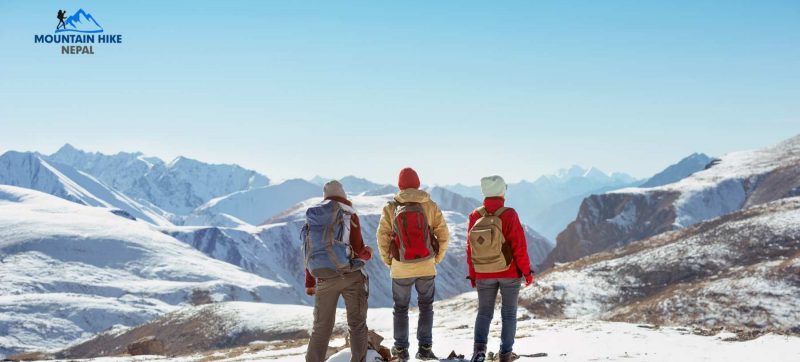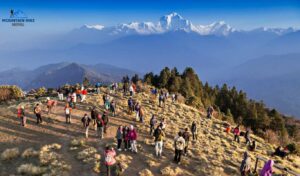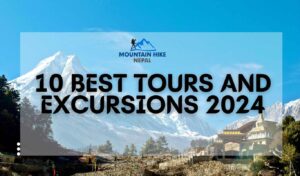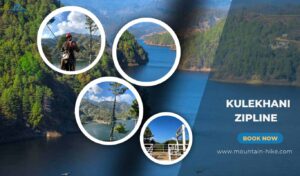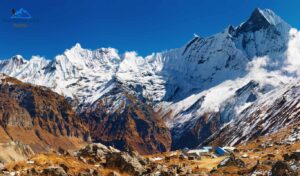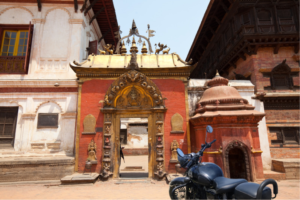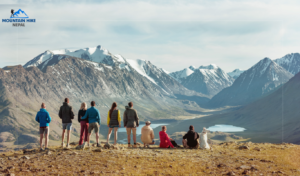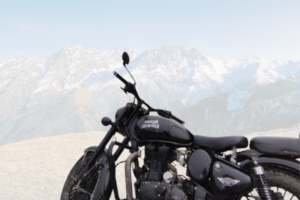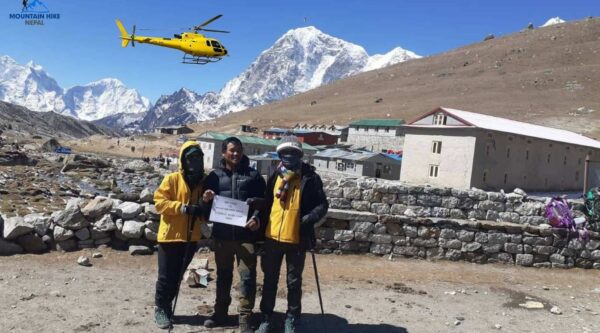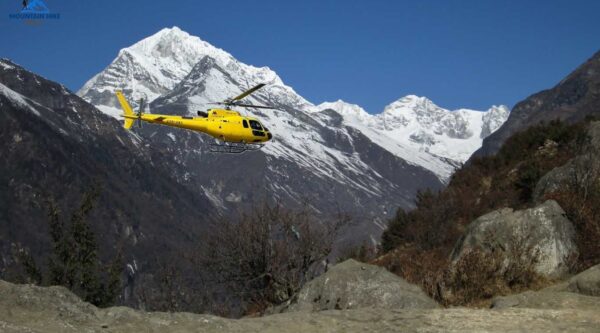+977 985-1081173 / +977 980-1054414
[email protected]
Govt.Regd.No 189775/74/075
- Home
- About Us
- Nepal Tours
- Peak Climbing
- Special Trip
- Nepal Travel Info
- Hiking
- Trekking
- Annapurna Region
- Upper Mustang Trek-The Forbidden Kingdom
- Annapurna Base Camp Short Trek
- Annapurna Circuit Trek – 10 Days
- Annapurna Circuit Trek 13 days
- Annapurna Circuit Trek 18 Days
- 7 days Annapurna Base Camp Trek
- Ghorepani Poon Hill Trek-3 Days
- Ghorepani Poonhill Trek
- Mardi Himal Trek
- Jomsom Muktinath Treks
- Annapurna Sanctuary Treks -14 days
- Annapurna Circuit With Tilicho Lake and Annapurna Base Camp
- Tilicho Lake Mesokanta Pass Trekking
- Panchase Trek- Pokhara
- Everest Region
- Jiri Pikey Peak and DudhKunda Trekking
- Short Everest Base Camp Trek- 10 Days
- Everest View Trek from Namche Bazaar-5 Days
- Pikey Peak Trek – 8 Days
- Everest Base Camp Luxury Trek – 10 Days
- Everest Base Camp Trek 14 Days
- Everest High passes Trek 17 Days
- Gokyo Lakes and Gokyo Ri Trek
- 5 Days Pikey Peak Trekking
- Jiri to Everest Base Camp Trek
- Langtang Region
- Manaslu Region
- Annapurna Region
- Nepal Tour Packages
- Adrenaline Activities
- SkyScreamer AKA Giant Swing in Pokhara
- Bungee Pokhara: The Best Bungee Jumping in Pokhara
- Experience the Thrill of an ATV Adventure in Pokhara
- ZipFlyer Nepal: Soar through the Himalayas
- Paragliding in Pokhara: An Adventure Like No Other
- Bhote Koshi White River Rafting: A Thrilling 1-Day Adventure
- Zip-line in Dhulikhel | Adventure Day Trip
- The Ultimate Bungee Experience in Bhotekhosi River
- Experience Thrilling Zip-line Adventure in Dhulikhel – A Day to Remember
- Zip Flyer Pokhara Day Trip
- Bungee Jump at Bhotekoshi River
- Pokhara Paragliding day tour
- Trishuli River Rafting -1 day Adventure Trip
- Bhote Koshi White River Rafting 1 day Trip
- Day Tours
- Heli Tours
- Outbound Tours
- Blog






